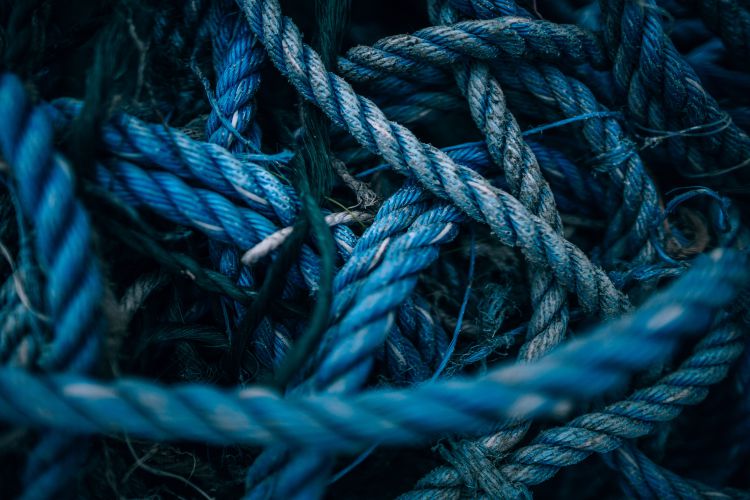// Textile Processing
Dyeing in textiles is a process in which colour is transferred to a finished textile or textile material (like fibers and yarns) to add permanent and long-lasting colour. It can be done by hand or by machine. Dyes can come as powders, crystals, pastes, or liquid dispersions, and they dissolve completely in an aqueous solution like water. When the textile and the dye come into contact, the textile is completely saturated by the dye and colour. It is governed by three factors, the dye, the fiber and the dye liquor. All the three lead independent assistance which influences the technique of dyeing....
View More
Dyeing in textiles is a process in which colour is transferred to a finished textile or textile material (like fibers and yarns) to add permanent and long-lasting colour. It can be done by hand or by machine. Dyes can come as powders, crystals, pastes, or liquid dispersions, and they dissolve completely in an aqueous solution like water. When the textile and the dye come into contact, the textile is completely saturated by the dye and colour. It is governed by three factors, the dye, the fiber and the dye liquor. All the three lead independent assistance which influences the technique of dyeing. A dye must be water soluble in order to dye textile materials. It may be soluble by the nature of its chemical interference.
The dyeing process can thus be considered as taking place in three phases
Attachment of the dye molecule to the surface of the fiber
Penetration into the intermolecular spaces as well as diffusion through the fiber &
Orientation (and fixation) along with the long chain molecules.
The solution of the dye from which it is applied is called the „dye bath?. A dye may have direct „affinity? for a fiber (or vice versa) i.e., it is held by the fibre either physically (absorption) or chemically (combination) as soon as the fiber is immersed in the dye bath.
Accumulation of the dye in the fiber is a gradual process, the rate of such building up being referred to as the 'rate of dyeing'.
This rate of dyeing is governed by the condition of the dye bath, namely concentration of dye, temperature, and presence of electrolytes; it is proportional to all three factors.
The rate of dyeing is also influenced by the „Material to liquor? which is expressed by a fraction, e.g. 1:20, which means one part (by weight) of the textile material dyed in twenty times its weight of dye bath.
The rate of dyeing decreases with increasing ratio of goods to liquor.
Basic flow diagram of dyeing textile materials:
Grey Textile Material (Fiber, Yarn, Fabric) > Singeing > Desizing > Scouring > Bleaching> Mercerizing > DYING/ PRINTING > Finishing
View Less



